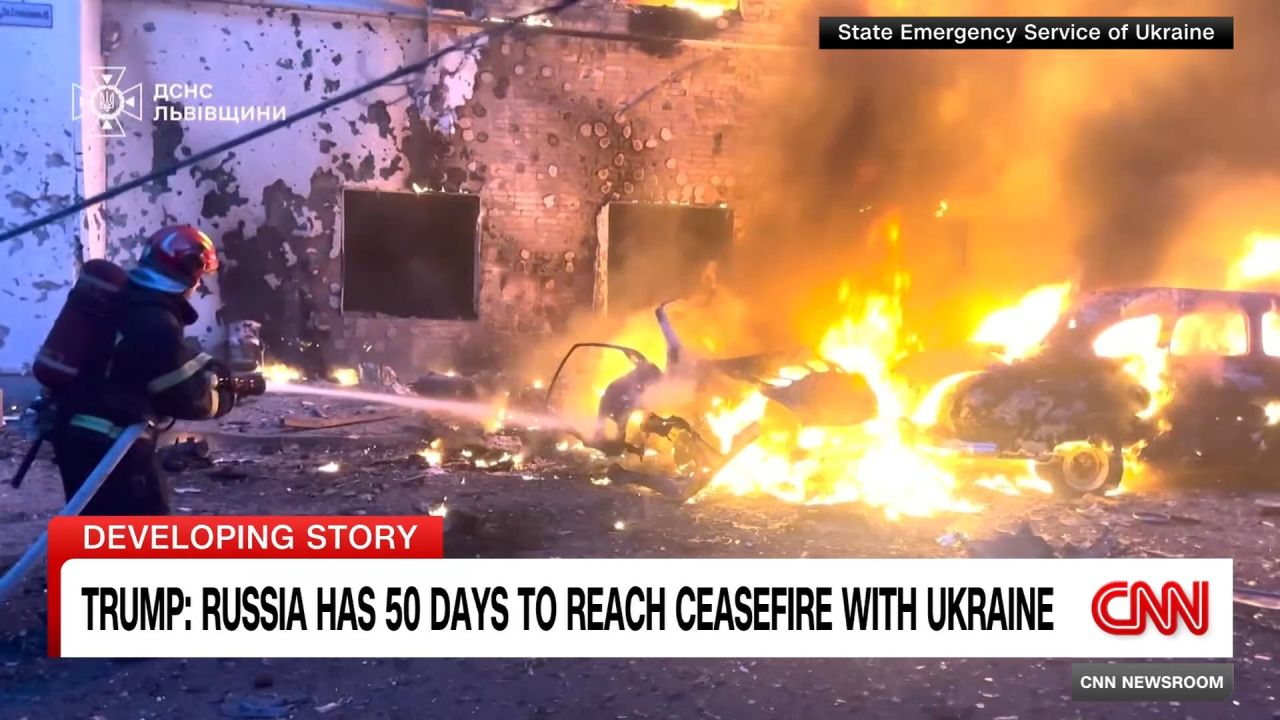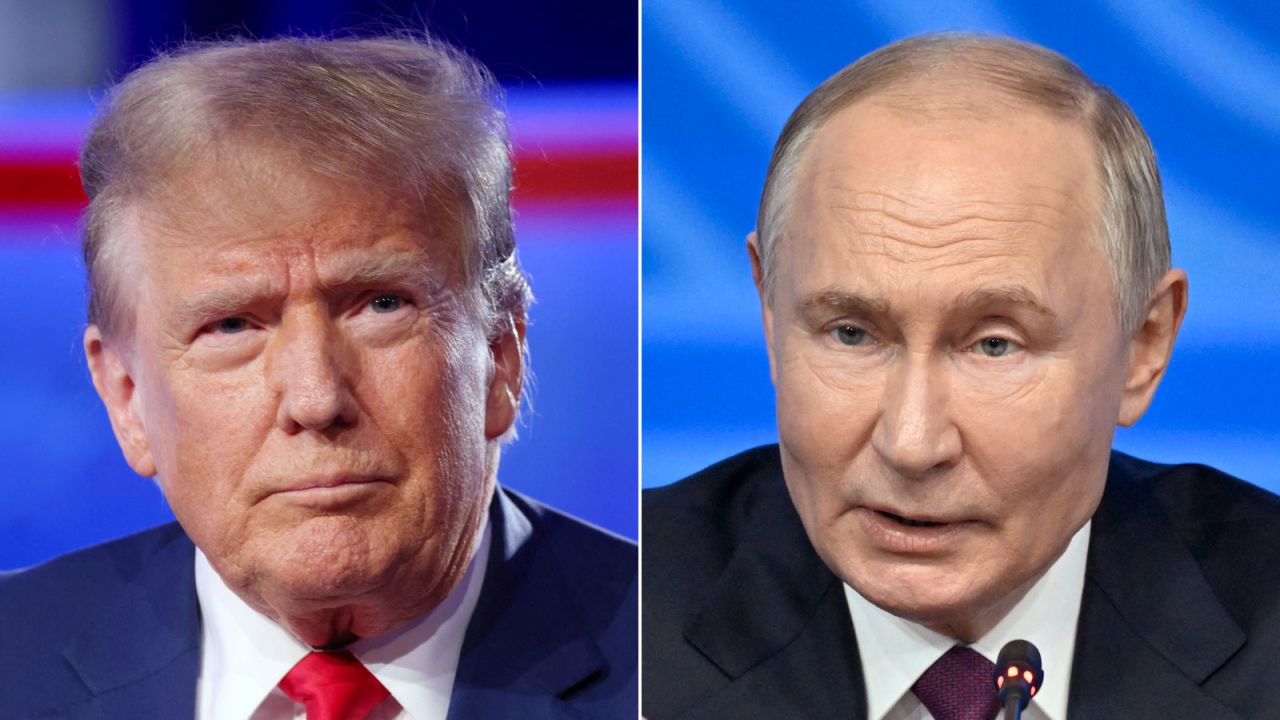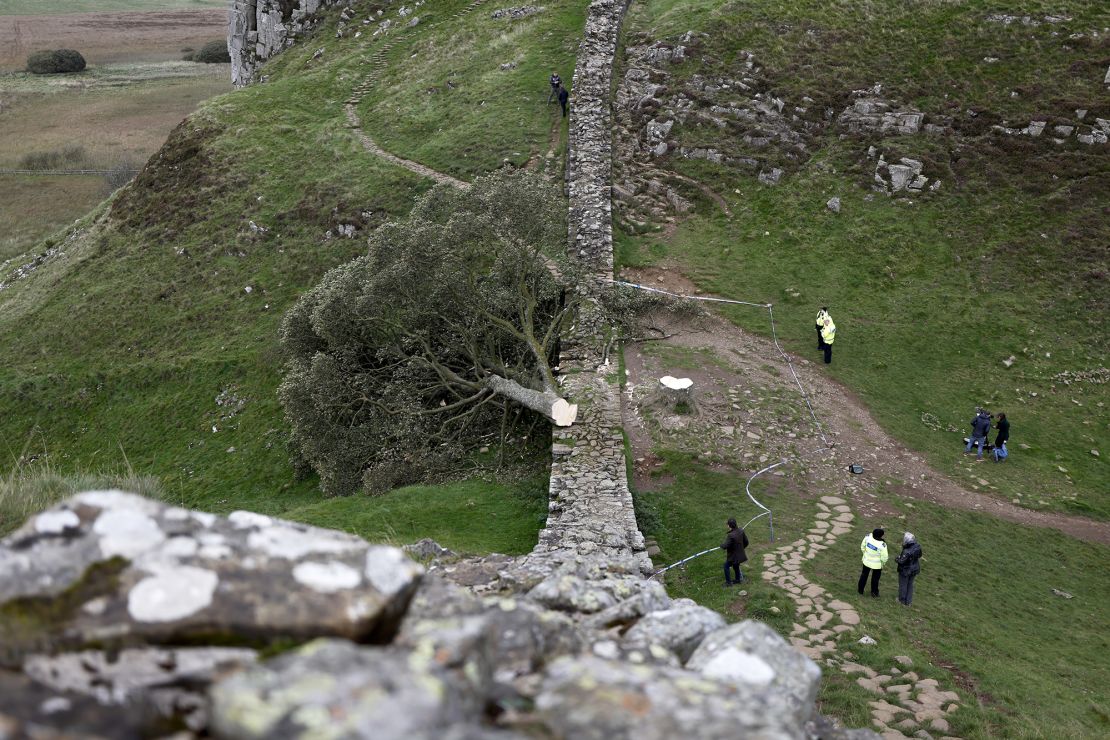CNN
—
US President Donald Trump’s announcement that Ukraine will receive Patriot missile systems as part of a new package of US weaponry has been warmly welcomed in Kyiv as it reels under nightly Russian bombardments.
President Volodymyr Zelensky has made repeated requests for Patriots in recent weeks as Moscow sends record numbers of drones and missiles to cause havoc and fear in Ukrainian cities and towns.
But there were few specifics in Trump’s announcement, and major questions remain over how many Ukraine will receive, when they will arrive, and who will provide them.
Here’s what we know about the vaunted US missile defense system:
The Patriots, short for Phased Array Tracking Radar for Intercept on Target, are the US Army’s key missile defense system.
They most recently proved their worth last month, when they helped shoot down 13 out of 14 incoming Iranian missiles that were launched at the US Air Force’s Al Udeid Air Base in Qatar.
The latest versions of Patriot interceptors are capable of engaging incoming short-range ballistic missiles, cruise missiles and drones at altitudes up to 15 kilometers (9.3 miles) and distances of up to 35 kilometers.
Analysts say that gives a single Patriot battery the ability to cover 100 to 200 square kilometers of area, depending on how many launchers are in the battery, local terrain and other conditions. That’s not a large area in a country the size of Ukraine, at more than 603,000 kilometers in total area.
Hence, Kyiv’s need for multiple new Patriot batteries.

A battery consists of six to eight missile launchers, each capable of carrying up to 16 interceptors, along with a phased-array radar, a control station, a power generation station – all mounted on trucks and trailers.
About 90 people are assigned to a Patriot battery, but only three soldiers in the command and control center can operate it in a combat situation, according to US military reports.
A Patriot battery is expensive, with the complete setup of launchers, radars and interceptor missiles costing more than a billion dollars, according to the Center for Strategic and International Studies (CSIS).
A single interceptor costs up to $4 million, making their use against cheap Russian drones that can cost as little as $50,000 problematic, according to a CSIS report – especially when Russia is sending hundreds of drones a night in recent attacks on Ukraine.
In regards to the latest transfer, US officials said Patriots could get to Ukraine quicker if they were moved from European NATO allies to Ukraine, with those then being replaced by systems bought from the US.
Trump said some or all of 17 Patriot batteries ordered by other countries could get to Ukraine “very quickly,” according to a Reuters report.
According to the “Military Balance 2025” from the International Institute for Strategic Studies, six NATO allies – Germany, Greece, the Netherlands, Poland, Romania and Spain – have Patriot batteries in their arsenals.

Russian lawmaker: Mood in Russia “not affected” by Trump’s 50-day deadline

























